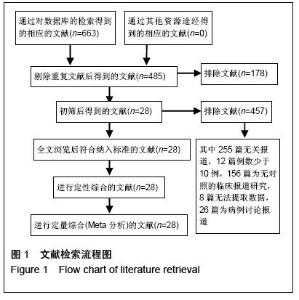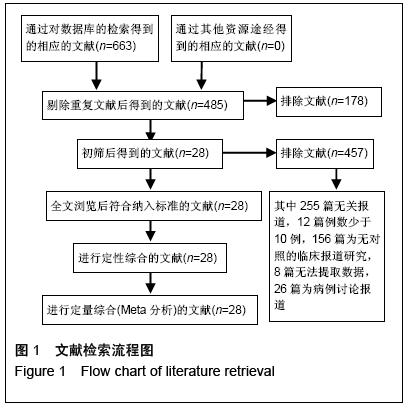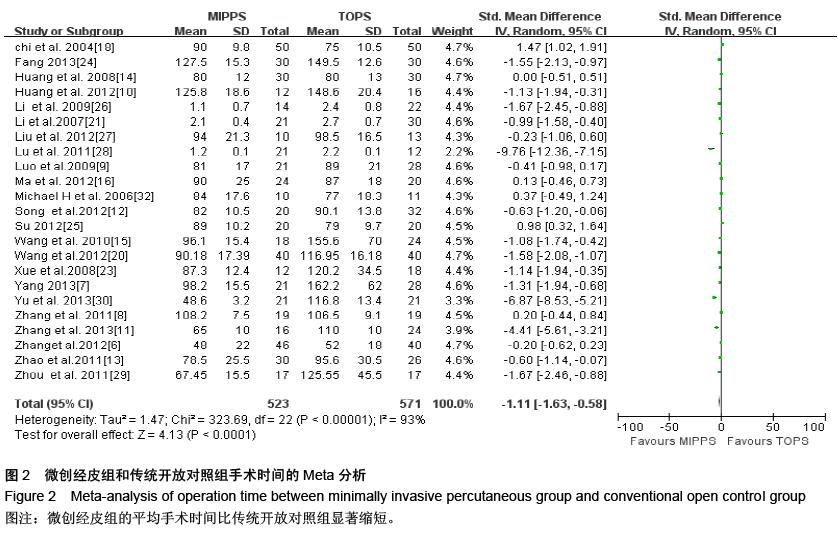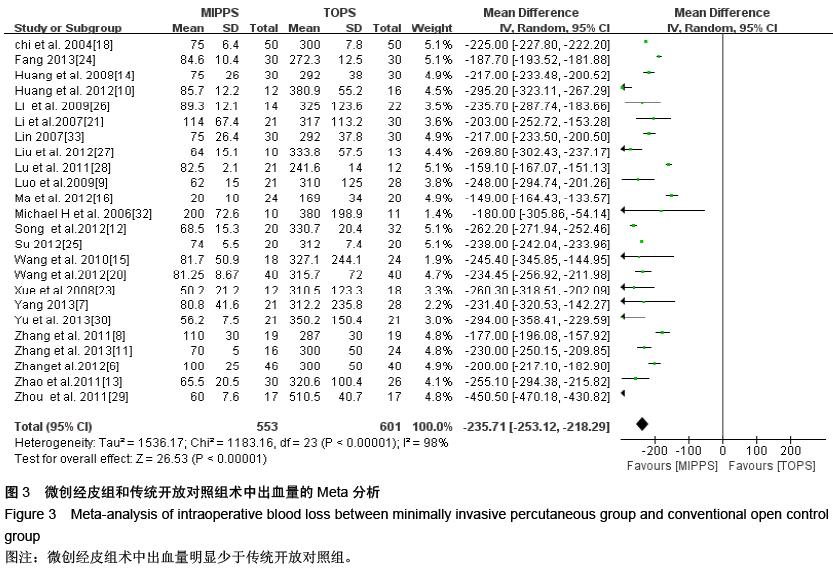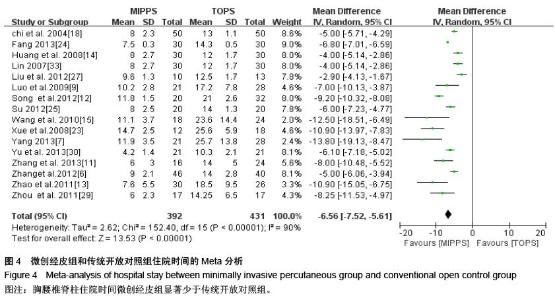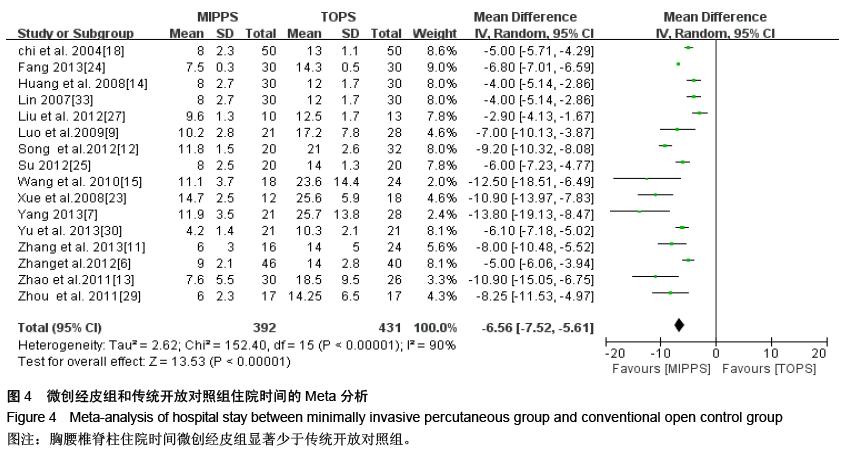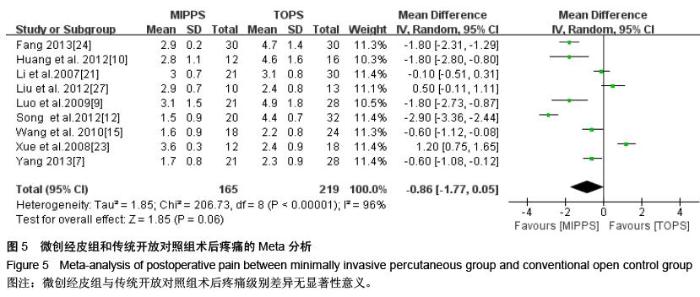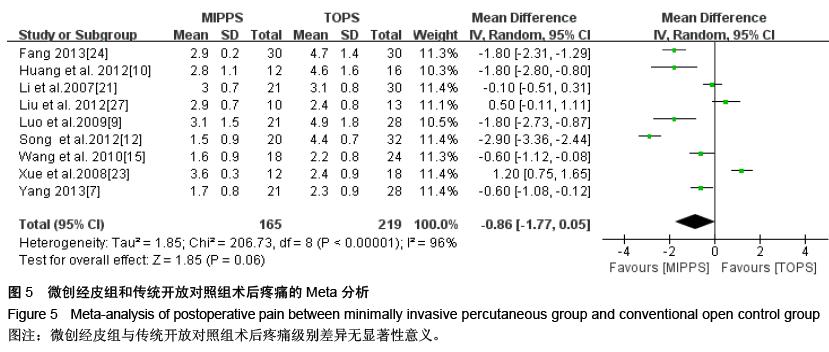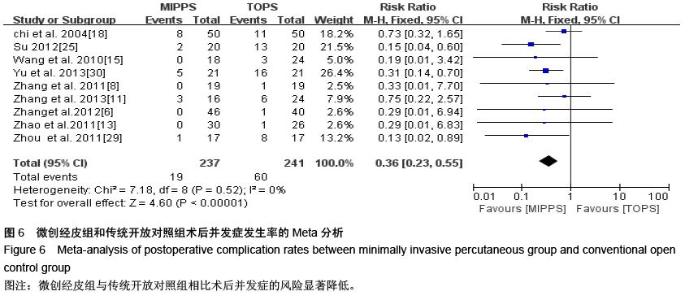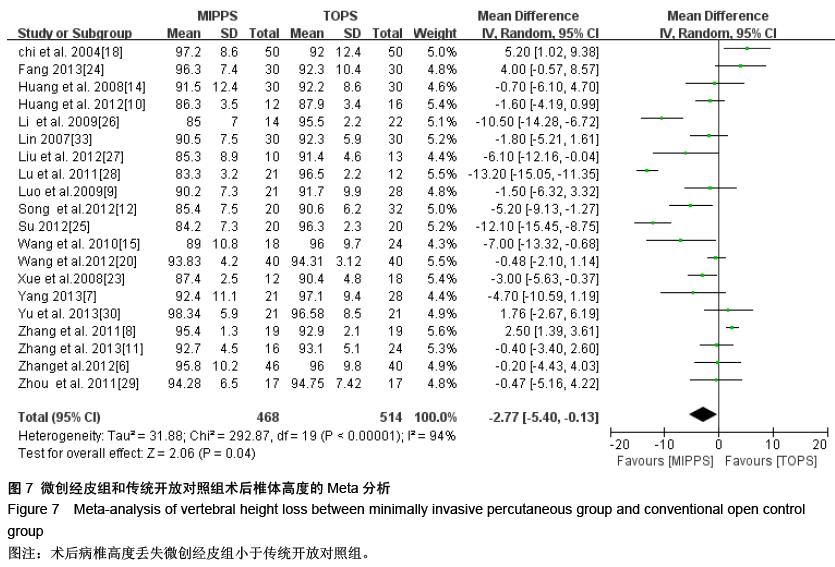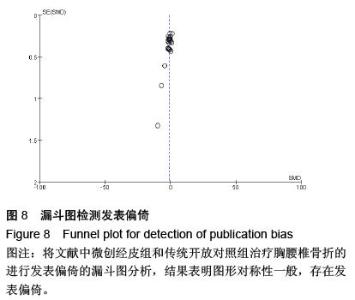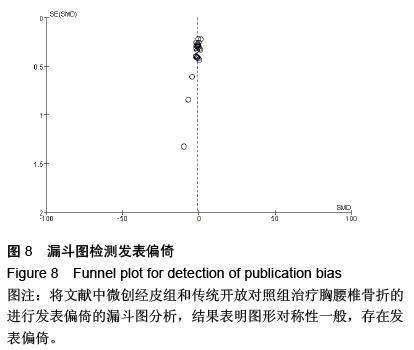| [1] Hu R, Mustard CA, Burns C. Epidemiology of incident spinal fracture in a complete population. Spine. 1996; 21(4):492-499.[2] Vives MJ, Kishan S, Asghar J, et al. Spinal injuries in pedestrians struck by motor vehicles. J Spinal Disord Tech. 2008;21(4):281-287.[3] Robertson A, Branfoot T, Barlow IF, et al. Spinal injury patterns resulting from car and motorcycle accidents. Spine. 2002;27(24):2825-2830. [4] Jansson KA, Blomqvist P, Svedmark P, et al. Thoracolumbar vertebral fractures in Sweden: an analysis of 13,496 patients admitted to hospital. Eur J Epidemiol. 2010;25(6):431-437.[5] Moher D, Schulz KF, Altman DG. The CONSORT statement revised recommendations for improving the quality of reports of parallelgroup randomized trials. Lancet. 2001;357(9263):1191-1194.[6] 张文志,尚希福,段丽群,等.微创经皮与传统开放椎弓根螺钉内固定治疗胸腰椎骨折的临床对比研究[J],中国骨与关节外科, 2012,5(2):106-111.[7] 杨保民 附加伤椎经椎弓根螺钉内固定的微创与开放手术治疗胸腰椎骨折之疗效比较[J].中国实用医药,2013,8 (12):59-61[8] 张强,纪玉清,黄勇,自制器械辅助经皮伤椎固定与传统开放手术治疗胸腰椎骨折的疗效比较[J],中华创伤骨科杂志,2011,13(4):315-318.[9] 罗春山,李波,田晓滨,等.经皮与开放手术治疗胸腰椎骨折的比较研究[J].中国矫形外科杂志,2009,17(22): 1692-1694.[10] 黄剑峰,宁锦龙,易椿均,等.微创经伤椎椎弓根植骨附加伤椎椎弓根螺钉内固定治疗胸腰椎骨折[J].中国临床医师杂志,2012,9(8):65-67.[11] 张豪伟,刘帅,董胜利,等.经皮微创与后路开放手术治疗单节段胸腰椎压缩骨折疗效分析[J].中国实用医刊,2013, 40(3):7-9.[12] 宋红浦,陆建伟,刘宏,等.两种微创内固定术与传统开放手术治疗胸腰椎骨折的病例对照研究[J].中国骨伤, 2012, 25(4):313:316.[13] 赵伟林,苏剑.56例胸腰椎骨折的临床效果分析[J],中国当代医药,2011,18(3):16-17.[14] 黄其杉,池永龙,王向阳,等.经皮与开放经椎弓根螺钉内固定治疗无神经症状胸腰椎爆裂性骨折的比较研究[J],中华外科杂志,2008,46(2):112-114.[15] 王洪伟,李长青,周跃,等.微创与传统开放附加伤椎经椎弓根螺钉内固定手术治疗胸腰椎骨折的疗效比较[J],中国脊柱脊髓杂志,2010,20(2):112-116.[16] 马易群,李熙雷.经皮与开放单节段椎弓根螺钉固定治疗不完全胸腰椎爆裂骨折的比较研究[J],中华医学杂志, 2012,92(13):904-909. [17] 李驰,徐华梓,王向阳,等.经皮与开放椎弓根螺钉内固定治疗胸腰椎骨折对椎旁肌影响的比较[J],中华外科杂志, 2007,45(14) :972-974.[18] 池永龙,徐华梓,林焱,等.微创经皮椎弓根螺钉内固定治疗胸腰椎骨折的初步探讨[J],中华外科杂志,2004, 42(21): 1307-1311[19] 崔志明,李卫东,包国锋,等.经皮植入椎弓根螺钉固定系统治疗胸腰椎骨折[J].中华急诊医学杂志,2006,15(9): 840-842.[20] 王春,林永绥,刘清平,等.经皮长尾可折U形空心椎弓根钉系统固定治疗胸腰椎骨折的疗效评估[J],中国脊柱脊髓杂志,2012,22 (7):627-633.[21] 李勤,田伟,刘波,等.导航辅助微创经皮穿刺椎弓根内固定术治疗胸腰椎骨折的疗效观察[J].中华医学杂志, 2007, 87(19):1339-1341.[22] 张勇.Sextent与USS螺钉系统在不稳定胸腰椎骨折中的应用比较[J].中国现代医生,2012,50(12):137-140.[23] 薛华明,涂益辉,蔡珉巍,等.改良经皮椎弓根螺钉内固定(mMIPPSO)治疗无神经障碍胸腰段骨折[J].中国矫形外科杂志,2008,16(18):1376-1378.[24] 方旭.经皮椎弓根螺钉固定胸腰椎骨折的应用解剖[J].中外医疗,2013,33(7)86-87.[25] 苏鹏.胸腰椎骨折微创经皮椎弓根螺钉固定治疗效果观察[J].医药前沿,2012,2(5):140. [26] 李长青,罗刚,周跃,等.新型微创经皮椎弓根螺钉内固定治疗胸腰椎骨折[J].中华创伤杂志,2009,25(6):522-525.[27] 刘斌,董建文,等.微创经皮椎弓根螺钉治疗无神经症状的MagerlA3型胸腰段骨折[J].中华创伤骨折杂志, 2012, 14(9):772-777.[28] 鲁华,史亚灵,代群,等.微创经皮椎弓根螺钉内固定治疗胸腰椎骨折临床疗效及手术配合[J].实用医院临床杂志, 2011,8(5):57-59.[29] 周成文,牟永山,马惠章,等.微创经皮椎弓根钉固定治疗胸腰椎压缩性骨折[J],实用骨科杂志,2011,17(11): 1023-1025.[30] 余波,李世芳,周道政.经皮椎弓根螺钉内固定治疗胸腰椎骨折疗效观察[J].临床骨科杂志,2013,16(4):384-386.[31] Bronsarda N, Boli T, Challali M, et al. Comparison between percutaneous and traditional fixation of lumbar spine fracture: Intraoperative radiation exposure levels and outcomes. Orthop Traumatol. 2013;99(1): 162-168.[32] Wild MH, Glees M, Plieschnegger C, et al. Five-year follow-up examination after purely minimally invasive posterior stabilization of thoracolumbar fractures:a comparison of minimally invasive percutaneously and conventionally open treated patients. Arch Orthop Trauma Surg. 2007;127:335-343.[33] 李驰.经皮与开放椎弓根螺钉内固定技术治疗胸腰椎骨折的远期疗效及对椎旁肌的疗效比较[D].温州医学院, 2007.[34] Magerl F. External skeletal fixation of the lower thoracic and lumbar spine. In Uhthoff HK,Stahl E,eels.Current concurs of external fixation of fracture.New York: Springer-Verlag, 1982: 353-366.[35] Foley KT, Gupta SK. Percutaneous pedicle screw fixation of the lumbar spine:preliminary clinical results. J Neum Surg. 2002;97:7-12. |
